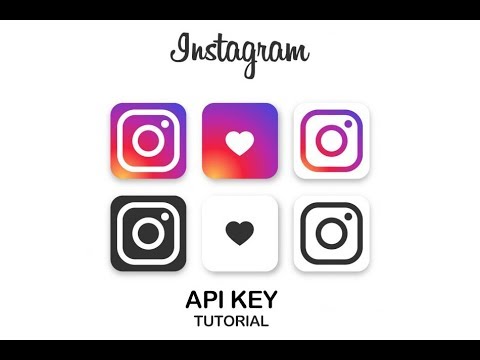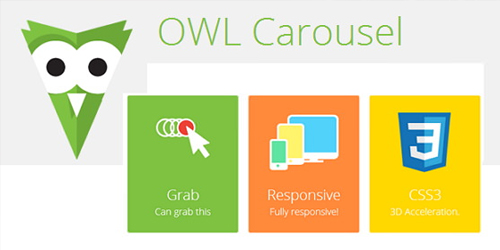Performance, reliability and flexibility in database operations is one of the goals of every .NET developer. Well, to this goal What role does DbContextOptionsBuilderplay in achieving DbContextOptionsBuilder creates your database connection in Entity FrameworkCore. It allows you to configure and control over your application's database connection. provides full control.
DbContextOptionsBuilder What is it?
DbContextOptionsBuilder, comes with Entity Framework Core, It is a helper class that allows you to configure your database connection. Thanks to this configuration, you can determine which provider your connection will work with. how to perform database operations and even debugging features you can determine. In summary, DbContextOptionsBuilder handles database operations. provides the key functions you need to configure.
DbContextOptionsBuilder What Can You Do with?
With DbContextOptionsBuilder:
You Can Specify the Database Provider: For example, SQL Server, PostgreSQL, Easily switch between different database providers such as SQLite you can.
You Can Adjust the Connection String: The connection required to access the database
You Can Enable Debugging Features: Which SQL commands you can use debugging tools to see it running.
4. You Can Customize Database Behaviors: For example, Lazy Loading or EagerLoading< You can specify loading strategies such as /a>.
DbContextOptionsBuilder How to Use?
Using DbContextOptionsBuilderis quite simple. You can integrate it into your .NET Core MVC project by following the steps below.

1. Set Connection String: database connection string in your appsettings.json file specify. For example:
{ "ConnectionStrings": { "DefaultConnection": "Server=.;Database=YourDatabase;Trusted_Connection=True;"< /div> } } |
2. DbContext in Startup.cs Add Configuration:
public void ConfigureServices(IServiceCollection services) { services. AddDbContext<YourDbContext>(options => options.UseSqlServer(Configuration.GetConnectionString("DefaultConnection") )); services.AddControllersWithViews(); } |
Here in your YourDbContext class Connection configuration for SQL Server using the UseSqlServermethod is done.
3. Define Your DbContext Class:
public class YourDbContext : DbContext { public YourDbContext(DbContextOptions<YourDbContext> options) : base(options) { } public DbSet<YourEntity> YourEntities { get; set; } } |

Performance Optimizations with DbContextOptionsBuilder
1. Lazy Loading Usage:
-
- Lazy Loading ensures that associated data It ensures that it is loaded only when necessary. This method uses unnecessary data It increases performance by blocking calls.
options.UseLazyLoadingProxies(); |
2. Disabling Query Tracking:
-
- Entity Framework, default It tracks all queries. However, if you only want to read the data, You can improve performance by disabling query tracking.
- < span style="font-size: 14pt;">
options.UseQueryTrackingBehavior(QueryTrackingBehavior.NoTracking); |
3. Database Provider Specific Settings:
-
- For example, in SQL Server Performance with options such as MaxBatchSize in the UseSqlServer method You can increase it.
options.UseSqlServer(connectionString, sqlOptions => sqlOptions.MaxBatchSize(100)); |

DbContextOptionsBuilder Benefits of Using
-
- -Provides Flexibility: Different database providers and you can easily switch between link strategies.
- -Performance IncreaseOffers: Just what you need by identifying data and strategies, avoiding unnecessary data calls you can avoid.
-Makes Debugging Easier: Configure your database connection You can track the execution of queries and debug faster.
< span style="line-height: 107%;">
< b>DbContextOptionsBuilder in your .NET Core MVC applications A powerful tool to take full control of your database connection. It is a tool. When used correctly, it optimizes the performance of your application, It provides flexibility and makes your code more maintainable.
Cr: youtube/@Tech Buddy / DbContext | Entity Framework Core Tutorial | Dotnet
https://www.youtube. com/watch?v=V3PQfPbyxOQ




